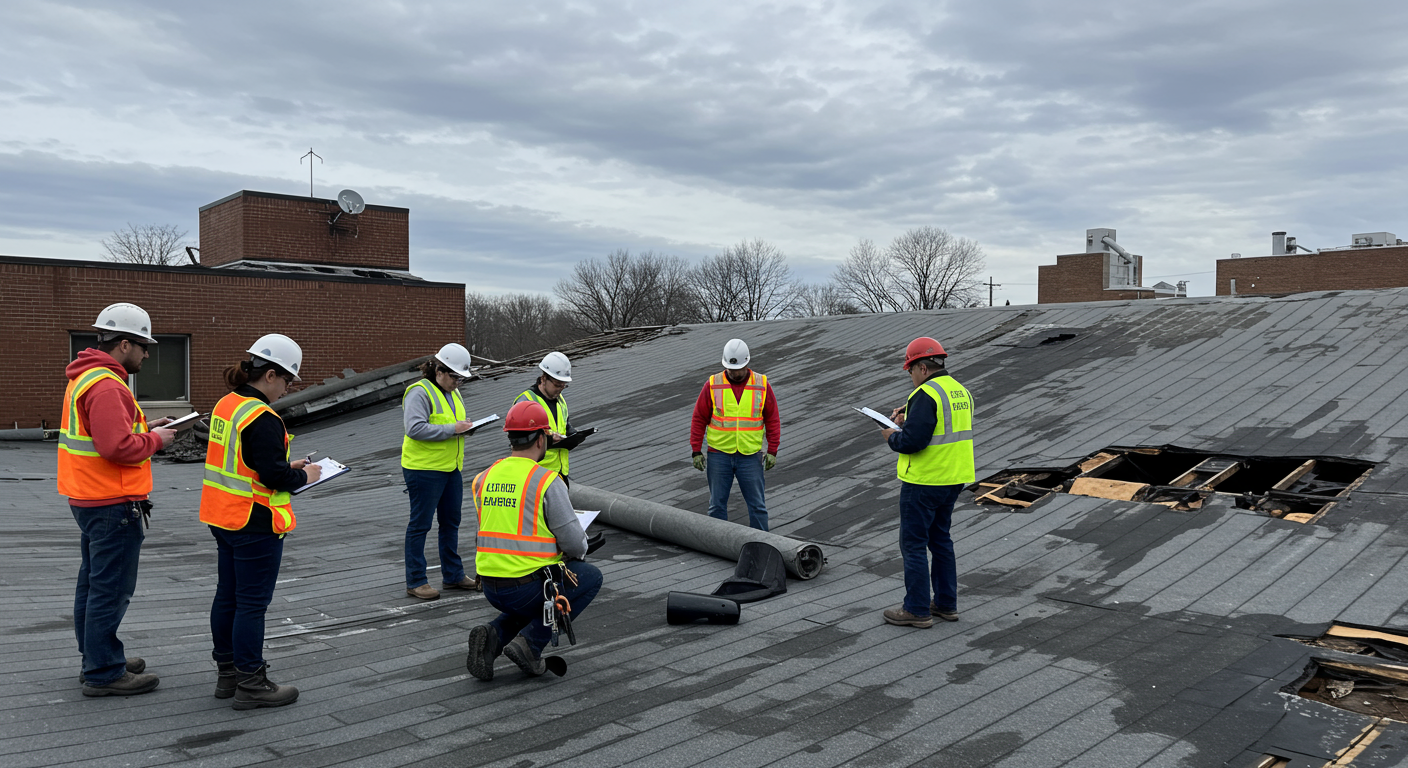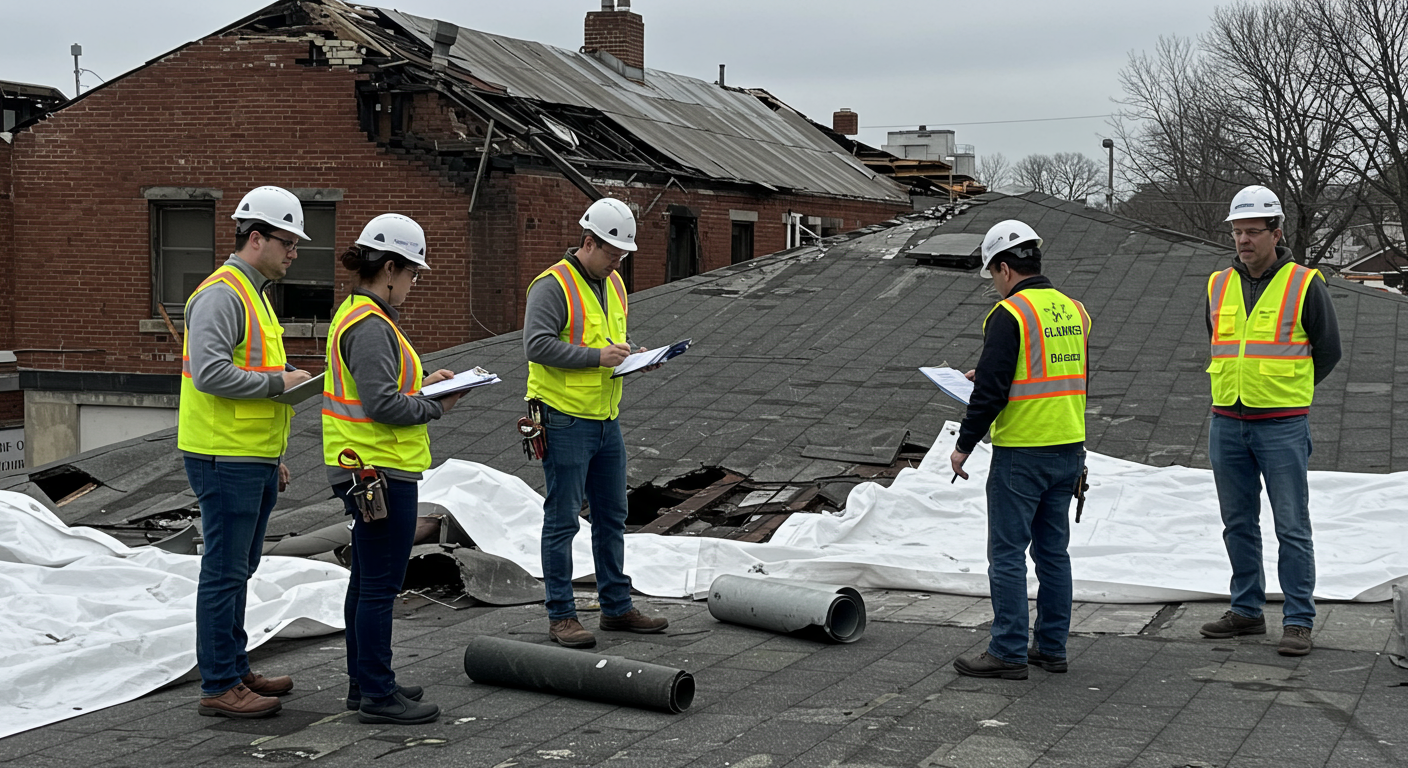- Reviewing Your Insurance Policy Details
- Establishing a Claims Management Team
- Documenting Property Damage Thoroughly
- Promptly Notifying Your Insurer
- Coordinating with Risk Management and Legal Counsel
- Engaging Qualified Adjusters and Experts
- Implementing Interim Mitigation Measures
- Tracking Claims Progress and Deadlines
- Negotiating Settlements and Recoveries
- Conducting Post-Claim Analysis and Process Improvements
- Conclusion
1. Reviewing Your Insurance Policy Details
Begin by examining your policy’s declarations, coverage limits, exclusions, deductibles, and endorsements. Public entities often have complex policies that blend property, liability, and specialized coverages. Identify the perils covered, any caps on specific types of loss, and the process for filing claims.
Confirm whether your policy requires pre-approval for certain expenses, such as emergency repairs or temporary relocation costs. Understanding policy language helps avoid surprises during the claims process and ensures you pursue only covered losses.

2. Establishing a Claims Management Team
Create a dedicated team that includes representatives from finance, facilities management, risk management, and legal counsel. Assign a claims coordinator to serve as the primary liaison with the insurer and adjusters.
Define clear roles and responsibilities: documentation lead, financial analyst, facility operations supervisor, and communications point person. A structured team improves coordination, accelerates decision-making, and minimizes duplication of effort.
3. Documenting Property Damage Thoroughly
Accurate, comprehensive documentation is crucial. As soon as it’s safe, capture high-resolution photos and video of all damage. Use date-stamped digital files and maintain backups on secure servers.
Prepare written descriptions of affected areas, identify damaged equipment, and estimate replacement costs. Gather maintenance records, asset inventories, and engineering reports. The more evidence you provide, the fewer disputes will arise over the extent and cause of damage.

4. Promptly Notifying Your Insurer
Most policies stipulate strict notification deadlines, often within 24 to 72 hours of discovering the loss. Delay may jeopardize coverage. Provide your insurer with a brief notice of loss that includes the date, time, cause, estimated damage, and immediate actions taken.
Follow up with a detailed Statement of Loss or Proof of Loss, containing itemized costs, supporting documents, and initial repair invoices. Timely notification demonstrates good faith and helps secure faster claim handling.
5. Coordinating with Risk Management and Legal Counsel
Engage risk management to assess long-term exposure and legal counsel to confirm compliance with policy terms and local regulations. Risk managers can advise on coverage gaps, subrogation opportunities, and mitigation strategies.
Legal counsel can review communications, settlement offers, and contract obligations. Collaboration ensures you do not inadvertently waive rights or forego reimbursement for covered costs.
6. Engaging Qualified Adjusters and Experts
Insurers may assign an adjuster, but retaining your own independent adjuster or public entity claims consultant can protect your interests.
Choose professionals with public sector experience and proven track records handling similar property claims. Structural engineers, forensic accountants, and equipment appraisers can provide specialized analyses, validate cost estimates, and rebut insurer disputes. Expert reports carry weight during negotiations and arbitration.
7. Implementing Interim Mitigation Measures
Public entities must take reasonable steps to prevent further damage. Erect tarps on a damaged roof, secure hazardous areas, and perform temporary repairs. Track all mitigation expenses, including labor, materials, and equipment rental.
Obtain pre-approval from your insurer if required. Failure to mitigate can lead to claim denials or reduced settlements. Documenting your mitigation efforts also reinforces your commitment to minimizing losses.

8. Tracking Claims Progress and Deadlines
Use a centralized claims management system or spreadsheet to monitor each claim’s status, key dates, and associated costs. Record submission dates for initial notices, supporting documents, adjuster visits, and proof of loss filings.
Note statutory deadlines for suits or arbitration and policy deadlines for supplemental claim submissions. Regularly review claim status with your insurer and adjusters to identify outstanding items and expedite resolution.
9. Negotiating Settlements and Recoveries
When the adjuster issues an estimate, review it carefully against your cost documentation. If discrepancies arise, prepare a written rebuttal supported by invoices, expert reports, and market price data. Engage in dialogue to clarify assumptions and justify your numbers.
Be ready to compromise on minor items but stand firm on major contested losses. Consider mediation or appraisal clauses if negotiations stall. Whenever possible, settle quickly on undisputed items to free up funds for repairs and reduce carrying costs.
10. Conducting Post-Claim Analysis and Process Improvements
After claim closure, convene your team to review successes and challenges. Analyze timelines, communication gaps, documentation issues, and negotiation outcomes.
Update your emergency response plan, policy coverage checklist, and claims procedures based on lessons learned. Train staff on improved documentation standards and filing protocols. Regularly audit your policy to adjust coverage limits and endorsements as your property portfolio evolves.
Conclusion
Effective management of public entity property insurance claims hinges on thorough policy review, prompt insurer notification, meticulous documentation, and proactive coordination among stakeholders.
By following these ten best practices, public agencies can maximize recoveries, reduce disputes, and improve overall resilience. Continuous post-claim analysis and process refinement will ensure your organization is better prepared for future events.
